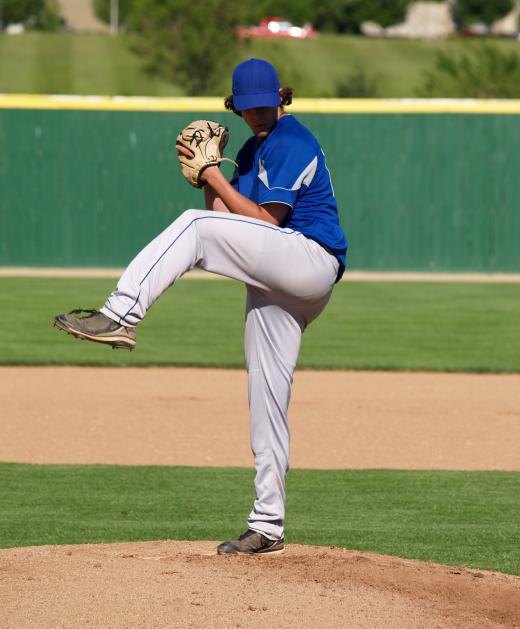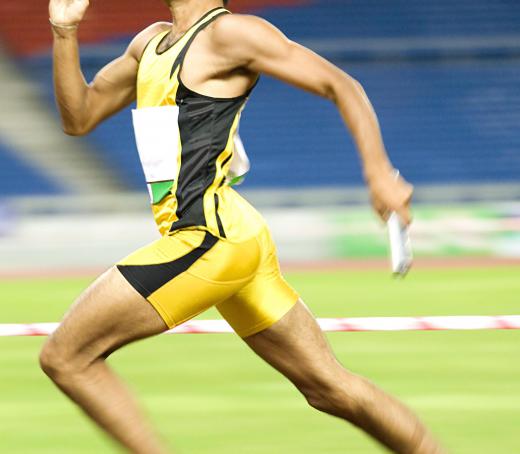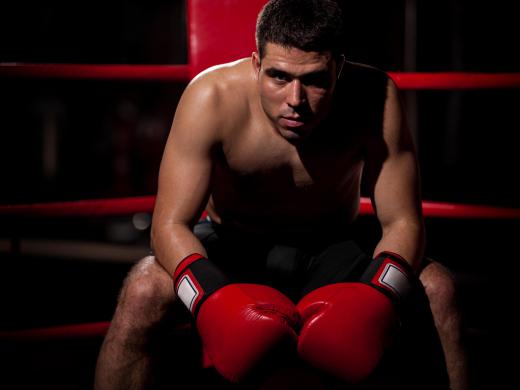There are three primary types of reflex sports, and a number of different involved moves and exercises that play a role as well. Sports involving physical contact with a ball or other play device, such as a puck, are the most common, and make up the broadest category. In these sorts of sports, players must rely on not just their coordination but also the responsiveness of their muscle reflexes to both make contact with the object and direct it, usually to another player or to a goal. Sports that involve controlled and directed muscle movements, such as martial arts and boxing, also fall within the reflex sport category, and weightlifting can also be included insofar as it requires dedicated movements of varying intensities and speeds. Athletes with solid muscle reflex coordination are often at an advantage in a range of other sports, in particular those that require timed starts, such as sprinting, swimming, and competitive diving. People often engage in targeted exercises to improve their sports reflex skills, which can be advantageous in many different settings.
How Reflexes Influence Sports

Reflexes are the automatic movements a body performs in reaction to an object or event. As such, reflex sports, also known as reaction sports or response sports, focus on honing the muscular movements that come naturally in a given competitive situation. Many different types of reflexes are part of the human body. Reflexes in sports tend to deal with skeletal muscle contractions. The more visceral reactions produced by reflexes in cardiac and glandular muscle can also manifest in nearly any type of sport.
Ball-Centric Games

Sports that involve use of a ball are some of the best known and recognized reflex-centric sports. In these athletic events, the moving ball acts as a stimulus that provokes the body into action. For example, when a high-speed object is moving toward an individual, one natural response might be to hold out a hand to fend off the object. In tennis, this automatic action is made into a sport when a racket is placed into the hand, and baseball operates in a somewhat similar manner. Although the sport utilizes a puck rather than a ball, hockey is also reliant on the ability of a player to hit an incoming object.
Martial Arts and Boxing

Other sports that involve reflexes focus on the instinctive urge of the skeletal muscles to jerk away from an incoming object. Martial artists and boxers, for example, must have quick reflexes in order to avoid getting struck by punches, chops, or kicks. In somewhat of a reversal, soccer or hockey goalies must jerk their body towards the object in order to stop its motion.
Weightlifting

Reflexes can alter the length of muscles, making the individual's grabbing and gripping capacity stronger. This response is evidenced when an individual drops an object and quickly catches it with his or her hand before it can reach the floor. Some sports rely heavily on this type of reflex action, such as competitive weightlifting. In these displays, the weightlifter may quickly have to move the weight from the shoulders to in front of the body without dropping the object. Some studies have suggested that weightlifters may have the quickest reflexes of any athletes.
Relationship to Timed Starts

Since reflex messages must travel a faster path from brain to muscle, many premiere athletes in timed sports are elite because of their quick reflexes. Sports that begin with a timed start, such as track events and swimming, are extra reliant on athletes with reflexes that can push them from the start line split seconds before their competitors. In such events, these micro-advantages can often make the difference between victory and last place.
Training and Conditioning

Reflex fitness equipment uses the methods of reflex sports to condition the body. For example, reaction balls are thrown against a wall, allowing an individual’s reflexes to improve as the ball is caught from different angles. Further, spring mats help build leg reflexes by exposing the lower limbs to unpredictable movements.
